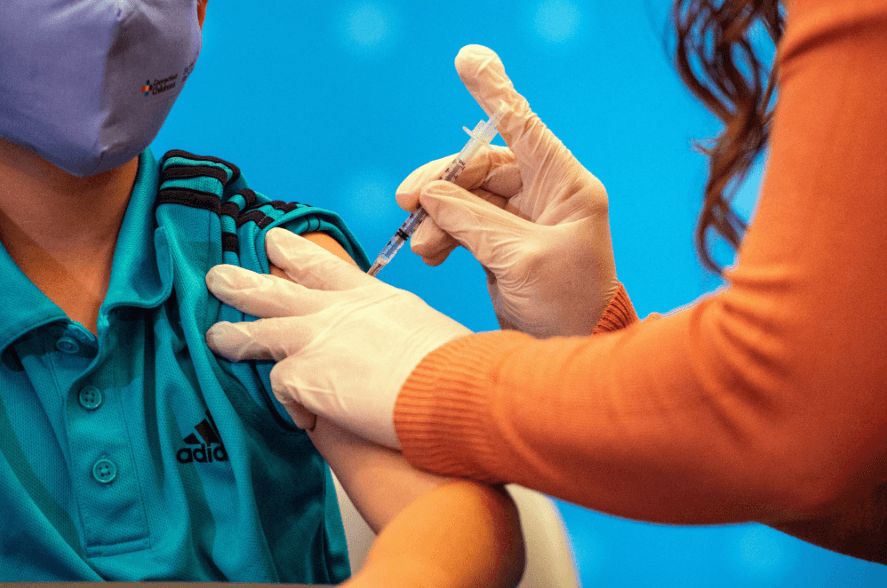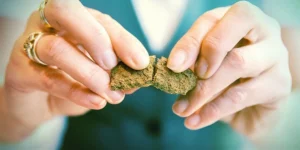Keeping Covid Vaccines Not A Easy Task: Follow These Ideas

The dreaded COVID19 pandemic will end only when people from all parts of the world get vaccinated.
So, it is necessary to transport COVID19 vaccines worldwide to bring the pandemic to an end. But that is not without challenges.
Increasing the vaccine supply to the entire global population is a daunting task, and what comes next is the hurdles in storage and distribution.
For some COVID19 vaccines, distribution requires a cold chain that comprises freezer-equipped planes, ships, and trucks to ensure that the vaccines do not perish before reaching the people who need them.
Pfizer’s vaccine needs to be stored at -80 degrees C, and Moderna’s at -20 degrees C. To store the vaccines, you need medical equipment like ultra low temperature freezers.
Other vaccines, such as Johnson & Johnson’s and AstraZeneca’s, which do not require such stringent cold temperature environments, can be stored in household refrigerators that maintain temperatures of about 2 to 4 degrees C.
But, Pfizer’s and Moderna’s are more effective as they are based on mRNA technology. These vaccines are also effective even against the new variants.
These stringent cold temperature requirements pose challenges in places with low ultra-low temperature freezers or electricity.
Even in a rich country, like the US, there can be a struggle to store the vaccines properly.
To solve the issues, scientists and engineers have developed two methods: changing parts of the cold chain or changing the vaccines themselves.
Why are Freezing Temperatures Necessary?
Pfizer’s and Moderna’s vaccines are based on mRNA technology. mRNAs are strings of nucleic acids that instruct the body on what proteins to make. And, if they get the right tweaks, mRNAs can direct the human body to fight off diseases, including COVID19.
They are fragile. mRNAs need a protective coating, without which they will degrade, upon which the vaccine will become useless.
Therefore, the companies protect the mRNAs by keeping them inside safe bubbles.
The bubble is a lipid nanoparticle, which is a tiny fat droplet. And it requires ultra-cold storage because more energy is required to freeze fat than other substances.
The need for such storage arises to prevent fat droplets from degrading, aggregating or fusing. The typical temperature is -80 degrees C.
But, the vaccine producers have been testing various storage temperatures.
Moderna has tested whether its vaccine could be stored at -20 degrees C for the long term. It found that the vaccine can remain potent up to the expiration date at the temperature.
The US Food and Drug Administration has approved Pfizer’s vaccine for storage at -20 degrees C for up to two weeks.
More Vigorous Bubbles Could Add Stability
Scientists are now exploring other ways to make mRNA vaccines storable at different temperatures.
Some researchers are changing the sugar concentration in the vaccine formulas. The idea is that—as sugar can coat fat droplets, just in how flour covers bread dough, it can restrict the lipid nanoparticles from sticking together. It will allow doses to remain stable for a long time.
In another initiative, HDT Bio, a Seattle-based biotechnology company, has been working on a different solution. It is making different types of protective bubbles for the mRNAs.
If the project becomes successful, it will be possible to store an mRNA vaccine in a household refrigerator for at least a month or at room temperature for up to three weeks.
Their method deviates from the practice of confining the mRNA in a lipid nanoparticle and involves engineering molecules called lipid inorganic nanoparticles, or LIONs.
A positively charged metal particle, iron oxide, comprises the inorganic portion of the LION.
The negatively charged mRNA will bind to the positively charged metal particle, wrapping around the LION.
The resulting solid particle will be more stable and reduce the need for refrigeration.
HDT Bio has said that vaccine manufacturers can send LIONs to healthcare facilities in advance to store them at room temperature or in a regular refrigerator. They can mix LIONs with vaccine vials before administering them to people.
Alternatively, the vaccine producer can mix both the manufacturing facilities.
The method would make doses stable for at least a month in a regular refrigerator in both ways.
HDT Bio has applied for permission to start human clinical trials in the US and will begin clinical trials in India soon.
However, the company faces some challenges in the US involving FDA regulation. The regulatory body considers the LION particles as a drug separate from the vaccine.
However, the picture is different for other regions. Regulators in Brazil, China, South Africa, and India do not consider the LION a drug because it is not the active component. The company intends to launch its product in these regions too.
However, the method is in the early stages of research. Its effectiveness will become evident shortly.
Keeping the Cold Chain Chilled
The new methods of preserving COVID19 vaccines are in development, and their usages will take some time.
In the meantime, there are many ways of managing the cold chain happening in low- and middle-income countries where electricity and refrigeration are limited.
PATH, the global health organization, has developed a temperature-tracking method for vaccine distribution that involves putting stickers on vaccines.
The specialty of the stickers is that they change their colour if the heat increases. It gives an idea of the exposure of vaccines to temperatures outside the prescribed range.
In 2009, engineers at the Bill and Melinda Gates Foundation in Seattle started a project to design an off-grid refrigerator for use in places without or with minimal cold chain infrastructure. And they eventually developed a barrel-size super Thermos, named the Arktek, which can refrigerate vaccines or other biological samples.
It has now become helpful to store COVID19 vaccines in the under-developed regions in the world.
In the Arktek, different substances can store materials at different temperatures.
While dry ice can keep samples at -80 degrees C, a mixture of water and ethanol can keep the temperature around -20 degrees C.





